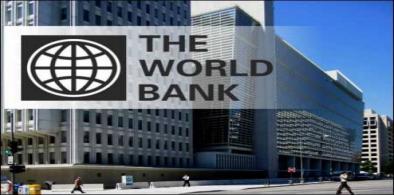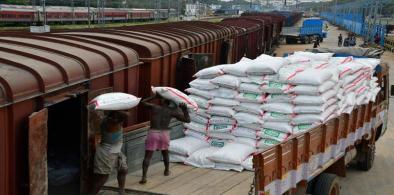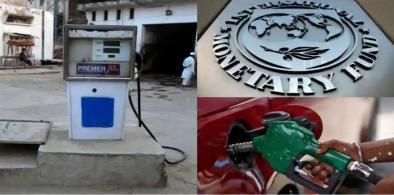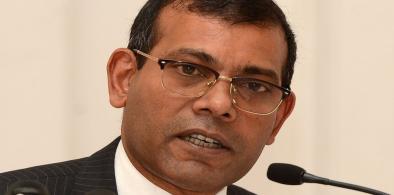Pakistan's exports record 17% growth in October amid yawning trade deficit
In what is the highest increase for a month, Pakistan’s exports in October registered a growth of 17 percent, touching $2.471 billion against $2.104 billion in the same month last year

In what is the highest increase for a month, Pakistan’s exports in October registered a growth of 17 percent, touching $2.471 billion against $2.104 billion in the same month last year. However, the trade deficit continues to increase and touched $3.775 billion in October-- an increase of 109 percent year-on-year basis. The increase in exports has constantly been overshadowed by ever-increasing imports bills, exacerbated by multiple domestic and international factors like drought and oil prices.
Data released by the Ministry of Commerce showed that between July to October this year, Pakistan's exports - riding mainly on miscellaneous textiles, worn clothing, cotton and copper - touched $9.468 billion--an increase of 25 percent from $7.576 billion recorded during the same period last year. However, the target for the period was $9.6 billion, which the government missed by a narrow margin.
Meanwhile, imports during the same time grew by 64 percent, touching $24.99 billion against $15.19 billion recorded last year during the same period. As a result of increased imports, the trade deficit in July-Oct 2021 stood at $15.525 billion--registering an increase of 103.8 percent from $7.617 billion it had recorded last year during the same period.
Explaining the ballooning imports, the ministry said that about 40 percent of this increase was investment-driven (capital goods, raw material, and intermediates), which indicates [an] expansion of industry and enhanced activity by industry.
The remaining 60 percent of the imports, the ministry said, was made up of petroleum, coal, and gas, vaccines food, consumer goods---something “inelastic” in nature and can’t be changed much.
This is the first time in months that the country managed to reduce its ballooning trade deficit, which still remains significantly high and unsustainable in the long run. The Ministry of Finance last month had acknowledged the overheating of the economy and introduced measures to cut imports.
In the last fiscal (FY 21, which ended in June), the trade deficit widened by 32.9 percent, posting around $30 billion difference between imports and exports. In July, the first month of the current fiscal, it was around $ 3 billion, only to increase to $4.05 billion in August.
The heavy remittances that the country receives--close to $25 billion in the last fiscal--help it manage the trade deficit. However, given the current pace, that too is likely to fall short this year.
Currently, the government is exploring external financing from the revival of the International Monetary Fund (IMF)’s $6 billion packages. Recently, Saudi Arabia too has deposited around $ 3 billion in Pakistan’s central bank and agreed to provide $1.5 billion worth of oil purchase on deferred payments.
(SAM)



















Post a Comment